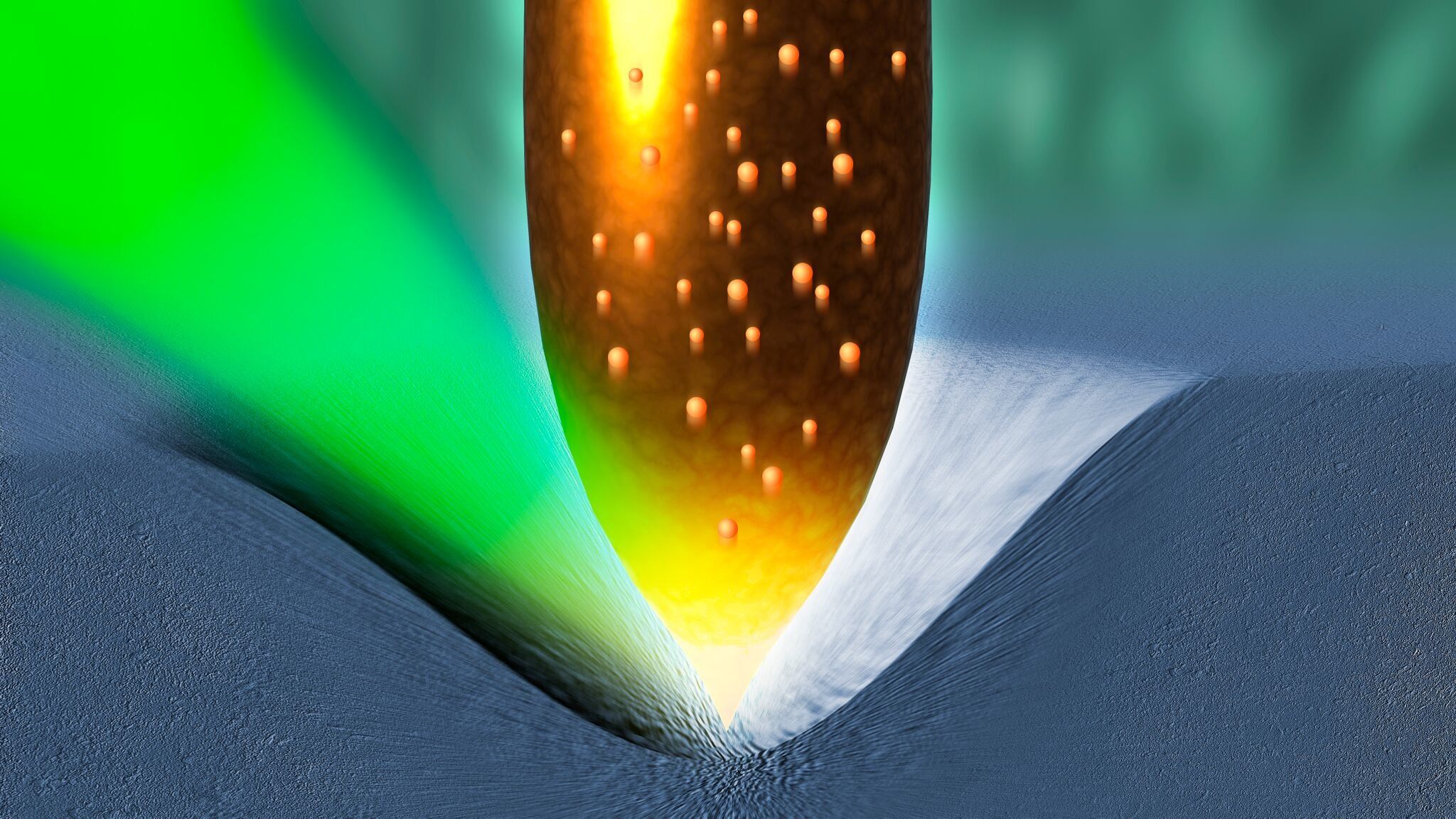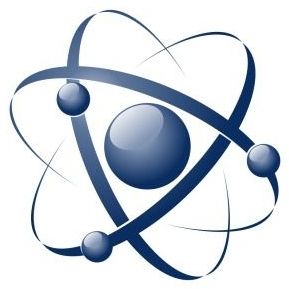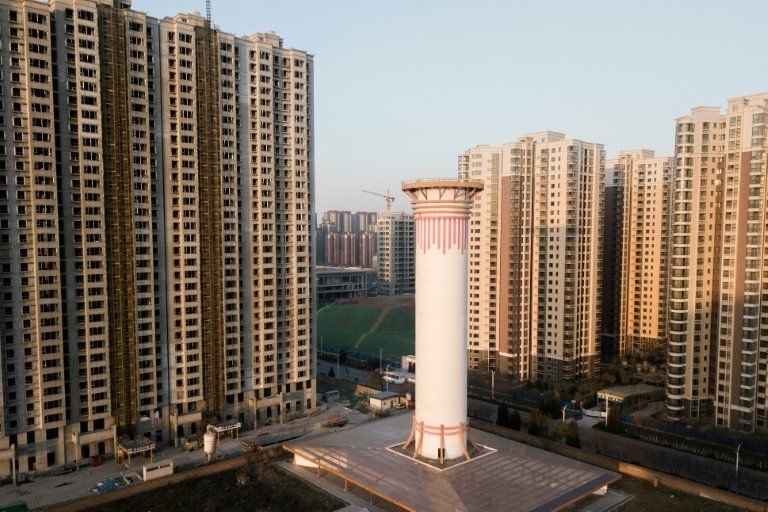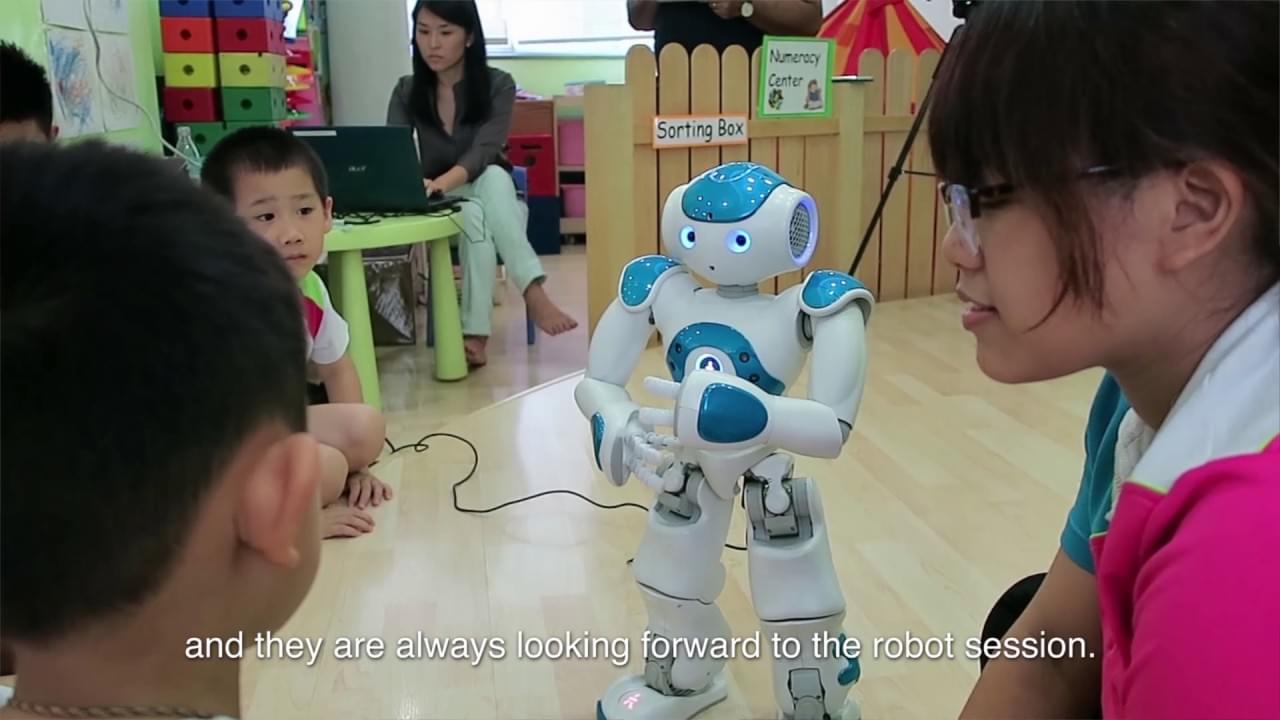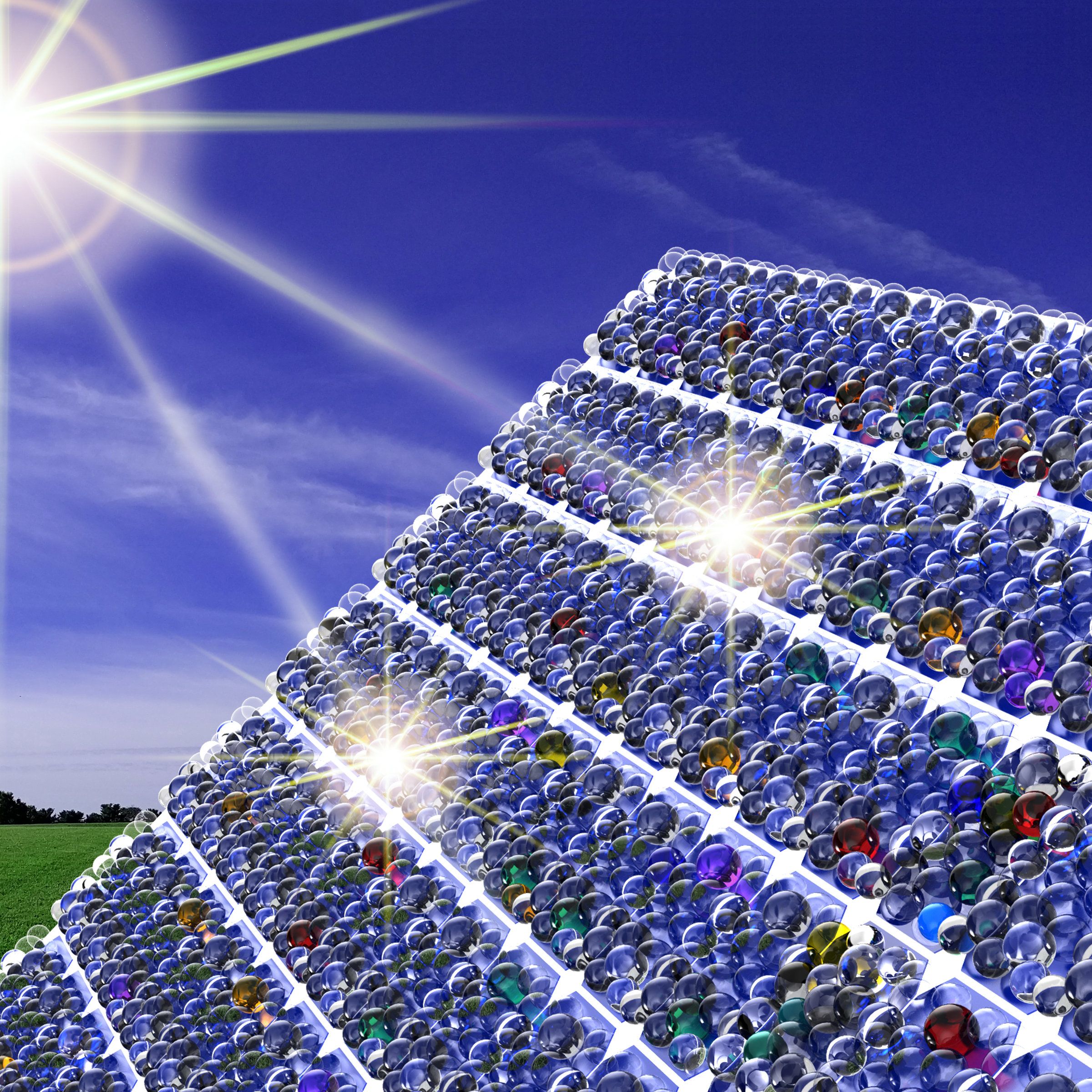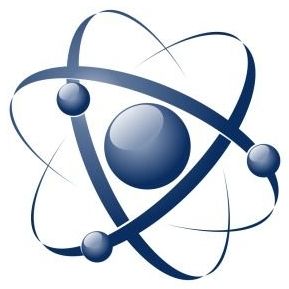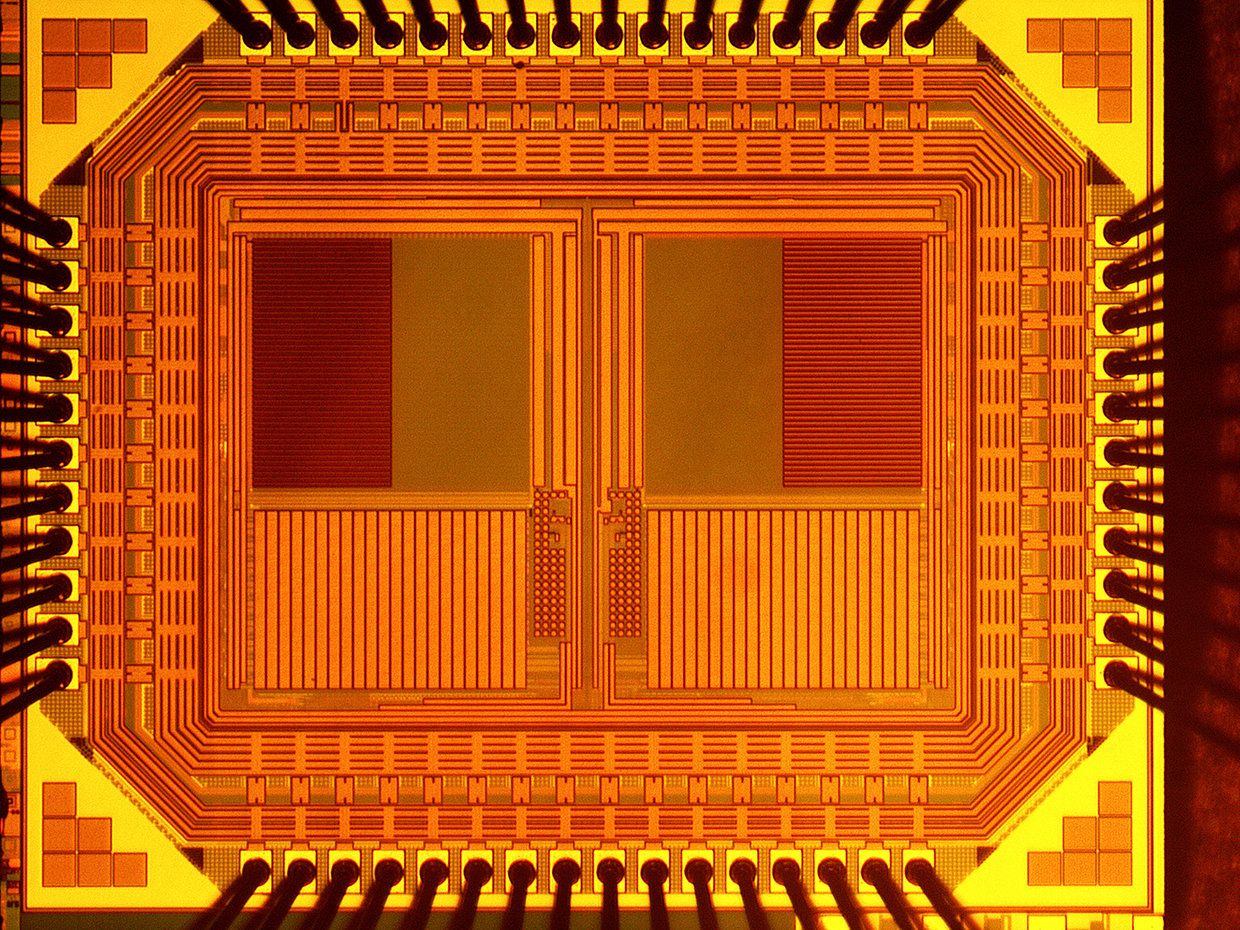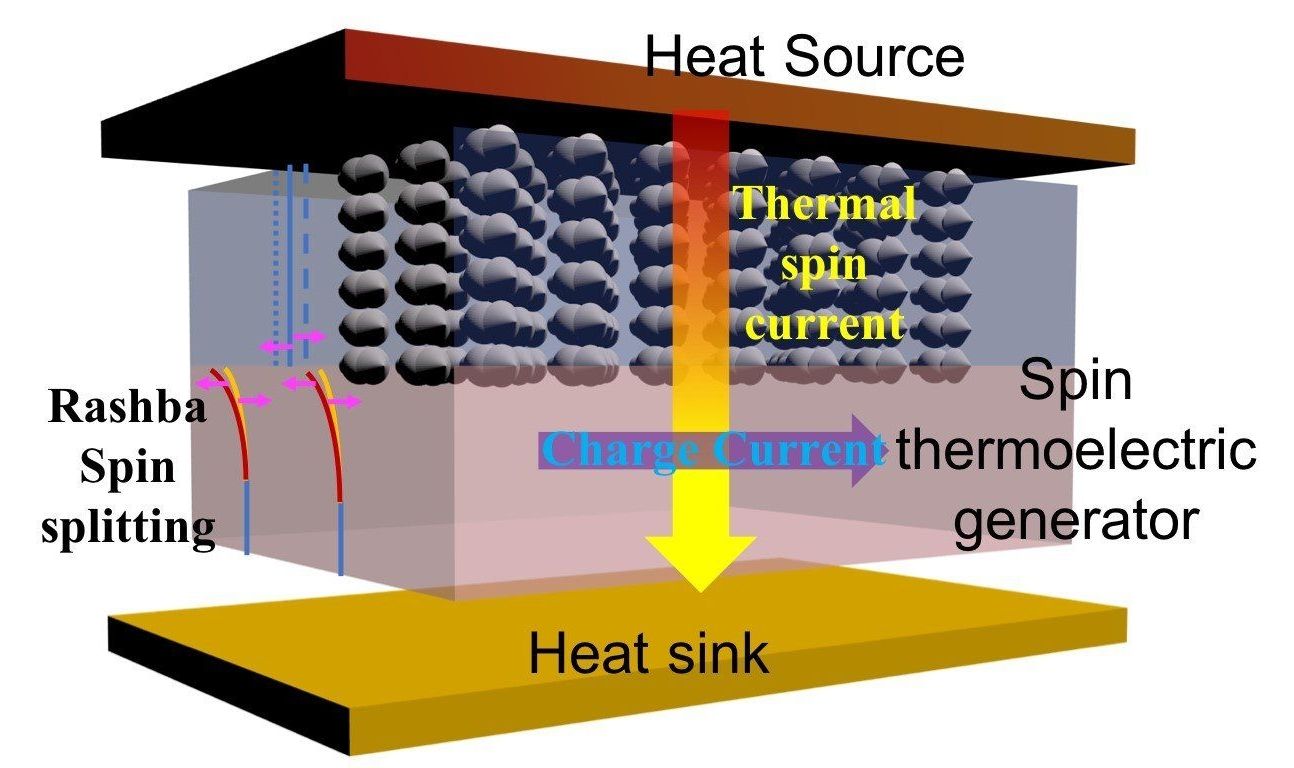Physicists at the University of Warwick have today, Thursday 19th April 2018, published new research in the fournal Science today 19th April 2018 (via the Journal’s First Release pages) that could literally squeeze more power out of solar cells by physically deforming each of the crystals in the semiconductors used by photovoltaic cells.
The paper entitled the “Flexo-Photovoltaic Effect” was written by Professor Marin Alexe, Ming-Min Yang, and Dong Jik Kim who are all based in the University of Warwick’s Department of Physics.
The Warwick researchers looked at the physical constraints on the current design of most commercial solar cells which place an absolute limit on their efficiency. Most commercial solar cells are formed of two layers creating at their boundary a junction between two kinds of semiconductors, p-type with positive charge carriers (holes which can be filled by electrons) and n-type with negative charge carriers (electrons).
